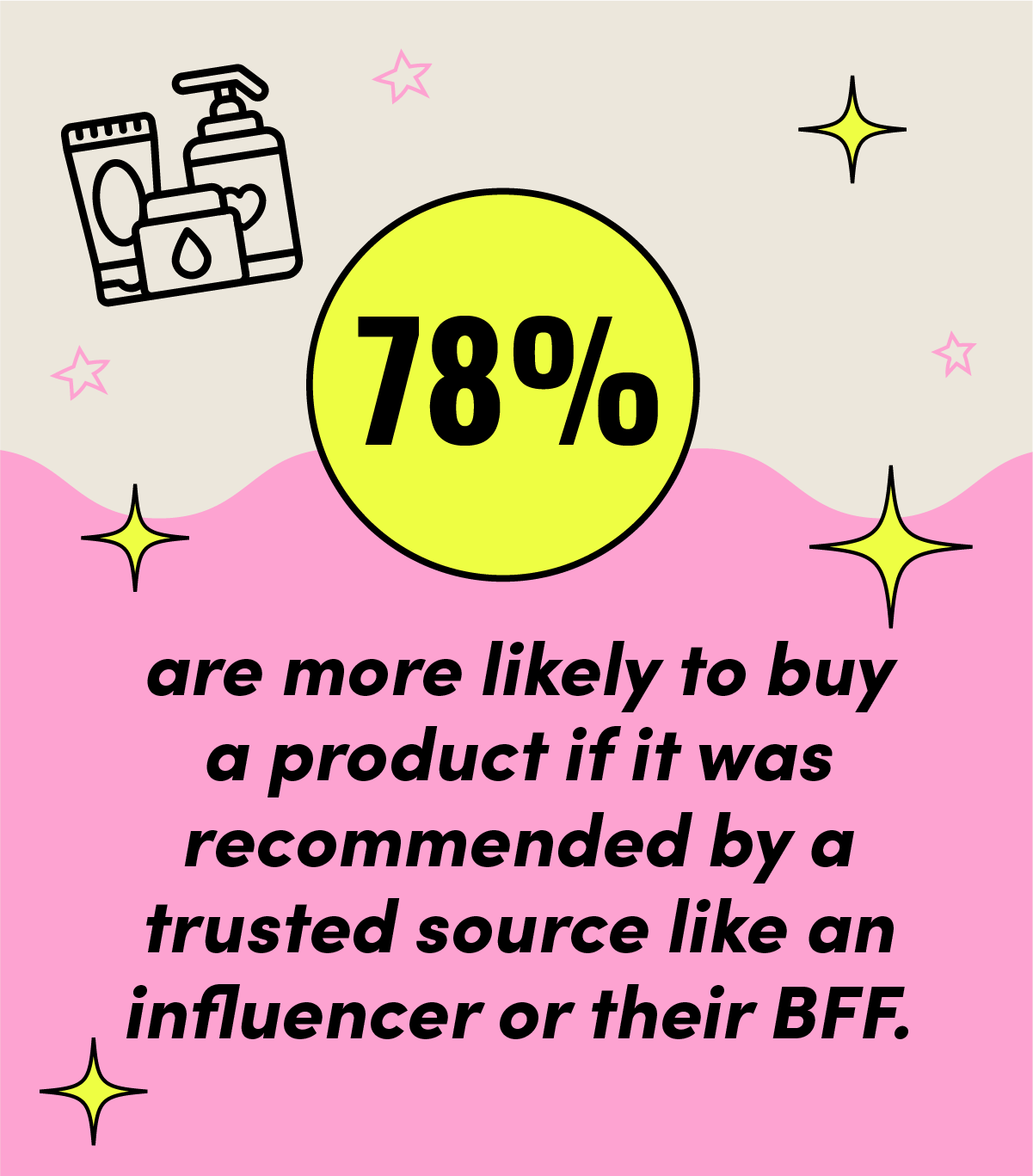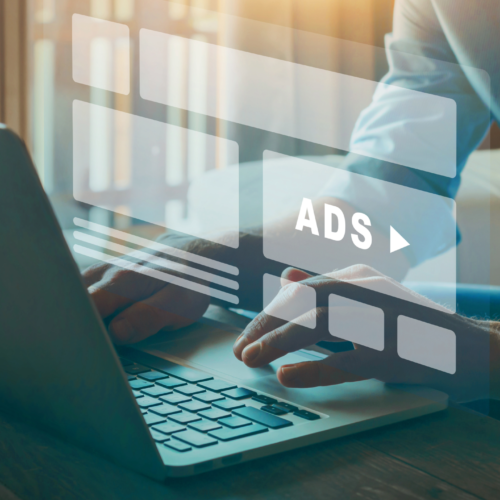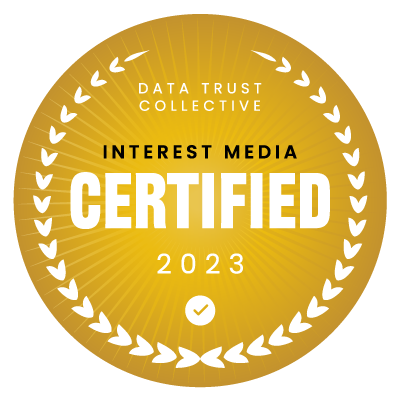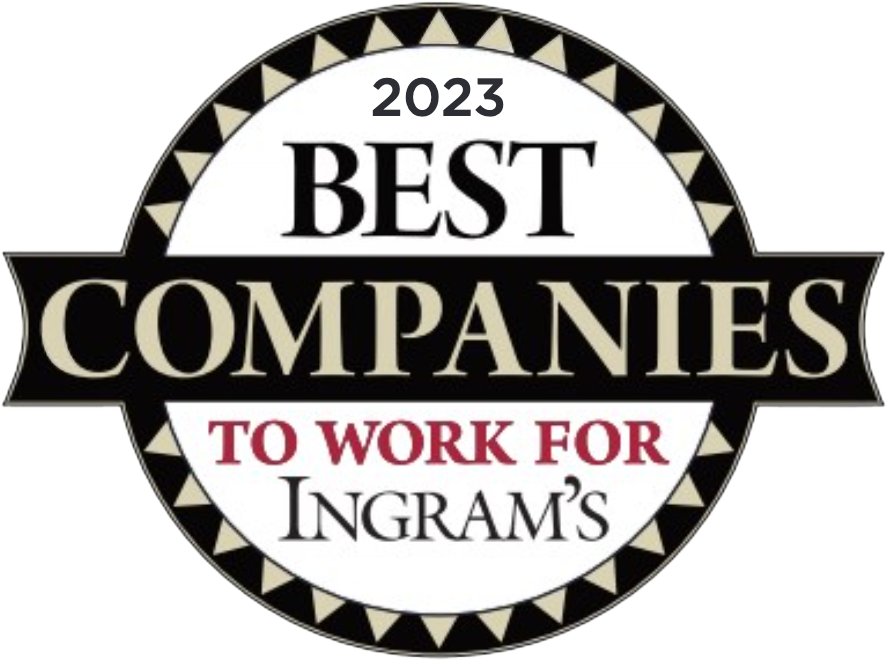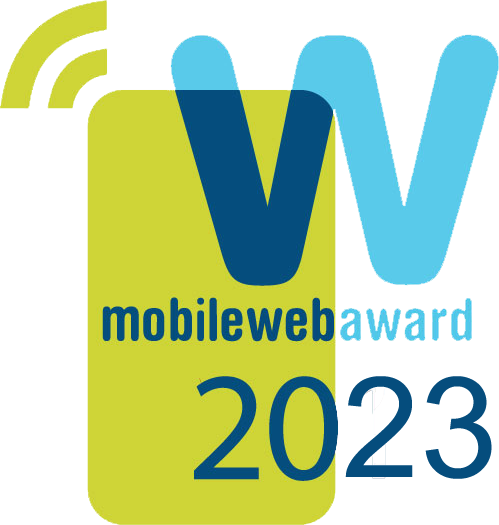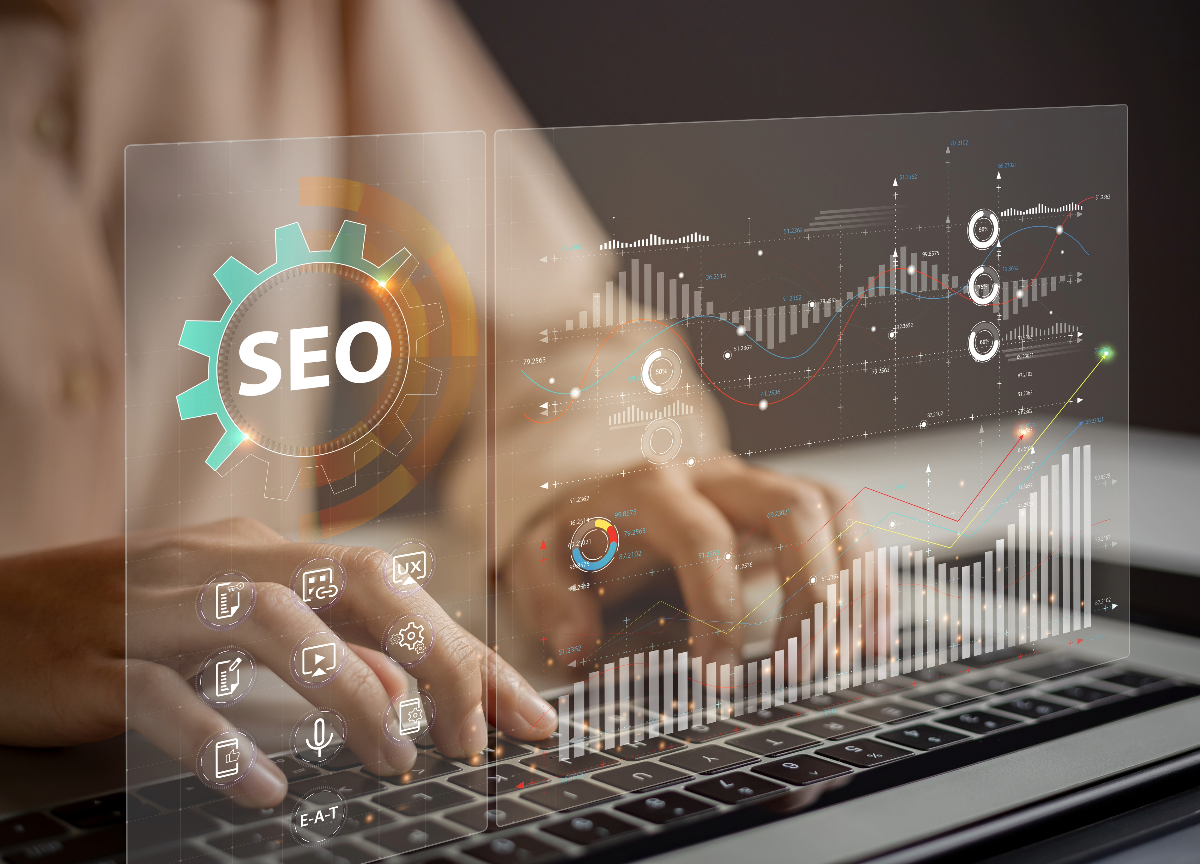
Digital Marketing Methods You Might Prioritize Over SEO
- SEO can bring organic traffic, but there are times when prioritizing other methods may prove more beneficial to your digital marketing needs.
- SEO is a long-term strategy for attracting prospects, and may not be suitable when fast results are required, budgets are limited, or for other reasons.
- Intent-based marketing maximizes ad budgets by targeting users already actively seeking a particular product or service who have demonstrated a clear intent to buy.
Why SEO for Google Search May Not Be a Priority
While organic traffic arriving at your website from search engines such as Google can be important, it may not be the highest priority for some types of businesses. In fact, for some, it may not be a priority at all. Other methods of digital marketing may serve your immediate needs better than focusing on SEO.
In this article, we’ll look at a variety of scenarios that you can use as examples to gauge your need for SEO and help you evaluate where it needs to be in the hierarchy of your marketing priorities and budget.
Here is a look at some instances where SEO may not deliver what is needed by your digital marketing efforts. Here are a few scenarios:
You Need to Attract Visitors Fast
SEO is a long-term strategy. Although there are no guarantees, ranking in Google searches can take a new website between 2-6 months to rank in the top 10 on average. However, only 5.7% of “lucky” pages were able to achieve that within a year.
When you need faster results other methods such as pay-per-click (PPC) advertising or intent-based marketing would be better solutions. PPC advertising, such as Google ads or social media ads, is more effective when launching a new product or spurring interest around a new topic.
Intent-based marketing can be very effective when you need to make sales, and specifically, reach prospects who are ready to make a purchase.
You Have a Limited Budget and/or Need to Maximize Your Advertising Budget
If you have a limited advertising budget, depending on your goals, PPC ads, such as Google or social media ads, would be a better way to reach a targeted audience.
If you are selling a product or solution, intent-based marketing could be a better way to reach consumers who are already actively looking and ready to make a purchase. This is a very “laser-like” approach that uses targeting to identify consumers who are past the awareness and consideration stages and are in the decision stage of the buyer’s journey.
Your Prospects Don’t Use Search Engines
For some businesses, the people who use their products or services are already aware of them. These prospects go directly to their website or to other vendors or retailers that sell their products or services.
While these businesses can benefit from some SEO, and/or local SEO, the bulk of their budgets might be better utilized for targeting prospects for sales.
Intent-based marketing can be very effective here in targeting prospects who are looking to buy and perhaps might be already searching for the best deal across the web. Intent-based targeting can be used, not only to reach these prospects but also to show them the best ad to meet their specific interest and convert them into a paying customer.
For Gen Z, Tiktok Slays Over Google Search
“51% of Gen Z women prefer TikTok, not Google, for search,” – Her Campus Media survey
Another reason to consider not focusing all your efforts on SEO for Google organic search traffic is that Generation Z is increasingly turning toward social media, TikTok in particular, as their go-to source of information.
More specifically, Gen Zers are first looking for recommendations from friends and influencers when it comes to making purchasing decisions about products and services.
“78% of Gen Z are more likely to buy a product if it was recommended by a trusted source like an influencer or their BFF,” – Her Campus Media survey
For targeting Generation Z, marketers are likely to have better results using other methods rather than organic SEO, such as creating content on the company’s own social media pages, PPC advertising on social media, intent-based marketing, or collaborating with established influencers and content creators that already have a following containing the target audience.
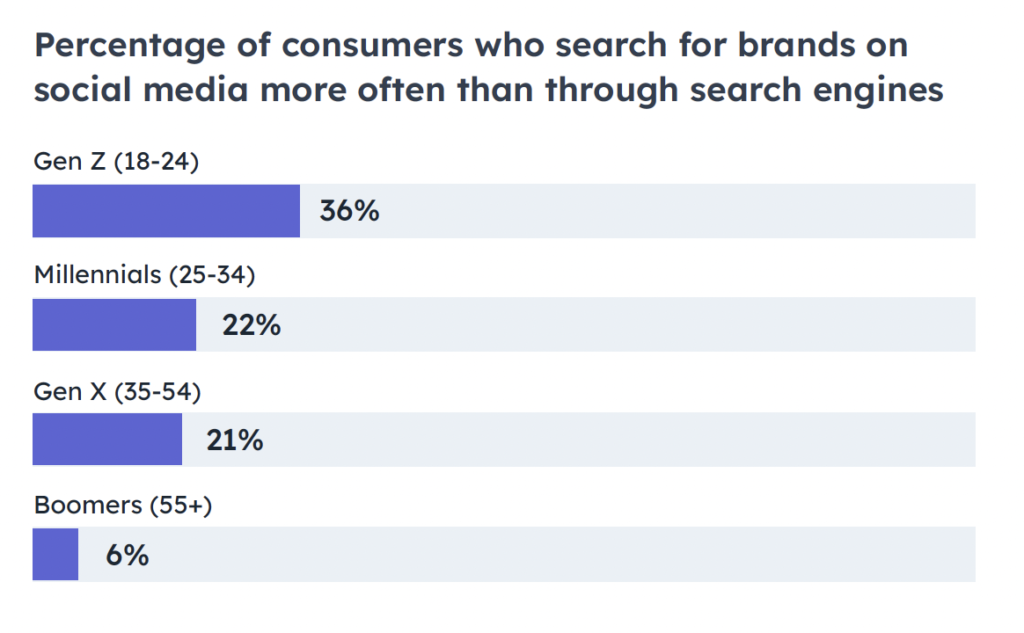
Percent of Consumers Who Search for Brands on Social Media – Hubspot, Global Social Media Trends Report 2023
Outranking Your Competitors is Not a Concern
For well-established brands, outranking your competitors may not be a concern in your field. For example, Pepsi. Practically the entire world is aware of this product and brand.
On a smaller scale, in one hypothetical scenario, your service might be regional. You don’t need to rank in Google and compete with other businesses across the country or globe.
However, you do want to connect with prospects within your region. In this case, while some SEO could help, pay-per-click (PPC) advertising or intent-based marketing would help you refine the targeting to only people in your area and those looking to purchase your goods or services.
The Downsides of SEO
“Only 5.7% of pages were able to rank in Google’s top ten within a year, while nearly 95% didn’t make it,” –Ahrefs Study
The truth is, the vast majority of webpages will not rank in the top 10 in Google’s search engine results, or at other search engines.
“75% of users do not click beyond the first page of search results in Google,” –SMA Marketing
Making matters worse, the majority of people who use a search engine do not click past the first page of results. This means if your web page does not rank in the top 10 results – it may never be seen.
SEO is a Constant Work in Progress:
Because SEO is dynamic, and search engine such as Google are constantly tweaking their algorithms, ranking for SEO takes constant monitoring, analysis, research, and adjustments to adapt to continually changing ranking factors. What worked last year, may not rank this year. Pages may need rewrites, redesigns, and updates to keep information current.
SEO May Require Experts or Agencies:
To keep your pages ranking high in organic search, you may need to hire staff with SEO expertise or hire professional agencies to help you achieve your SEO goals. Because search ranking algorithms continually change, SEO experts are needed who keep up with the changes and have developed techniques and best practices to rank well amid the new parameters.
SEO is Competitive, Slow, and Not Guaranteed:
Ranking high in SEO takes time to achieve. The competition is very high. SEO results may not be consistent. Changes to algorithms or technical issues can have a huge impact on your ranking. Despite strong efforts and best practices, there is still no guarantee that your website will be able to rank above the competition, especially in crowded fields.
SEO Mistakes Can Penalize You
The use of the wrong techniques that violate legal and ethical guidelines of search engines can harm your reputation and credibility, penalizing your website and seriously damaging your visibility.
Related Articles:
- Search Engine Land: New survey finds Gen Z prefers TikTok
- Interest Media: Fine-Tune Your SEO and Content to Target Ready-to-Buy Consumers
- Ahrefs: How long does it take to rank in Google?
- SMA Marketing: SEO Statistics That Prove the Power of Search
- Interest Media: Unleashing the Power of Social Media in Performance Marketing
When SEO Can Be Beneficial
Here are some scenarios in which SEO can be beneficial to your business:
Bringing More Visitors:
Except for the expense of doing your SEO work, over the long haul, SEO can help bring more visitors organically through search engines for a lower cost than you might incur through paid advertising.
Targeting Specific Visitors:
Your SEO strategy can be targeted toward specific audiences based on demographics, location, preferences, and more.
Establishing Credibility and Trust:
Through posting content on your company website, you can inform and be helpful to your audience. As a result, it can help establish your company as an authority in your industry. This is especially true if some of your articles appear in the top ten of the Google search results.
SEO Creates Better Content:
By default, successful SEO efforts are usually the byproduct of informative, helpful, user-friendly, and engaging content, with the result benefiting the audience. In turn, this typically leads to higher user satisfaction, loyalty, and improved conversion of visitors into buyers.
Why Intent-Based Marketing Can Be Preferable To SEO
As previously noted, SEO is a constantly shifting and evolving landscape. Those that don’t adapt, and quickly, find themselves outranked by those who do.
Intent-based marketing is well-suited for advertisers who need to target specific demographics or prospects with immediacy. In addition, it maximizes efforts and budgets in ways that “wide net” advertising, such as SEO, cannot compete with.
Targeting Prospects Who Are Ready to Purchase
Intent-based marketing allows you to target prospects who are already actively attempting to engage with a particular good or service. In other words, users are demonstrating clear purchase intentions.
Intent-based marketing is a personalized approach that works by using individual online behavioral data to deliver targeted advertising at the right time. The “right time,” is the moment when prospects are most likely to purchase, within the right context.
The reason this method works, and can also be superior to SEO, is that intent-based marketing eliminates consumers from the sales funnel who are not ready to make a purchase. The focus is on users who are in the decision stage of the buyer’s journey.
Prospects More Likely to Engage with Advertising
With intent-based marketing, because you are targeting those who are ready to make a purchase, they are more receptive to messages about a particular good or service, and less likely to find the advertising interested. It also means the user is more likely to positively engage with the advertising.
Technical Aspects of Intent-Based Marketing
The data that intent-based marketing uses are derived from the digital footprints over a range of online activities such as site visits, page scrolling, clicks, hovers, time spent on the page, shopping cart and abandonment, repeat visits, which products are viewed and shared, and much more. This is not data solely from your own website, but what your prospects are doing on external websites.
All this is analyzed to understand the intent of the individual consumer and arrive at determining the best ad to show to a prospect at the right time to convert them and make the sale.
Superior Targeting
With PPC advertising, an advertiser generally needs 1,000 opportunities to drive $100k in revenue. Because of the enhanced targeting, intent-based advertising would achieve the same $100k result within 500 opportunities, according to Markletic (2021).
In terms of generational demographics, both Millennials and Generation Z have come to expect personalized advertising as a standard. This is another advantage that intent-based advertising brings with its targeting capabilities.
Key Takeaways: SEO Versus Other Digital Marketing Methods
◊ SEO can be advantageous for building organic web traffic over the long haul. It can build authority for your company and a loyal audience over time.
◊ Alternate digital marketing methods such as PPC advertising on the web and social media platforms, and intent-based marketing can be more effective when you need immediate results, have a limited budget, or need to maximize your advertising budget.
◊ The majority of Generation Z is increasingly looking to friends, influencers, and social media for information and recommendations before making purchasing decisions about products and services instead of using search engines.
◊ SEO can be slow, requires constant analyzing and adjustments, may require hiring experts, may produce unpredictable results, and may fail to achieve your goals despite a strong effort and best practices. Most web pages fail to rank in Google’s top 10. Mistakes with SEO can cause search engines to penalize you and harm your reputation.
◊ Intent-based marketing can help you reach prospects who have actively demonstrated a desire to purchase a good or service. Intent-based advertising can drive sales revenue with half the number of opportunities it takes for PPC advertising to drive the same amount of revenue, thus, maximizing your advertising budget.
Interested in Learning More?
Check out our Free White Paper on The Unbeatable Nature of Intent-Based Advertising or reach out to one of our brand promotion specialists! We pride ourselves on being able to bring advertising partners the exact consumers they’ve been looking for.


